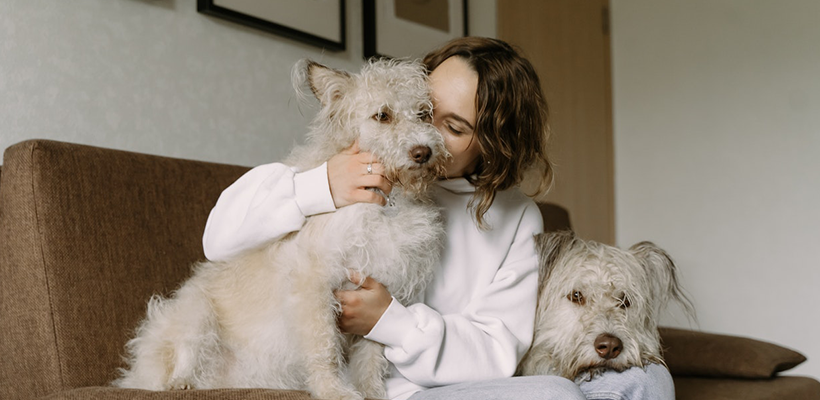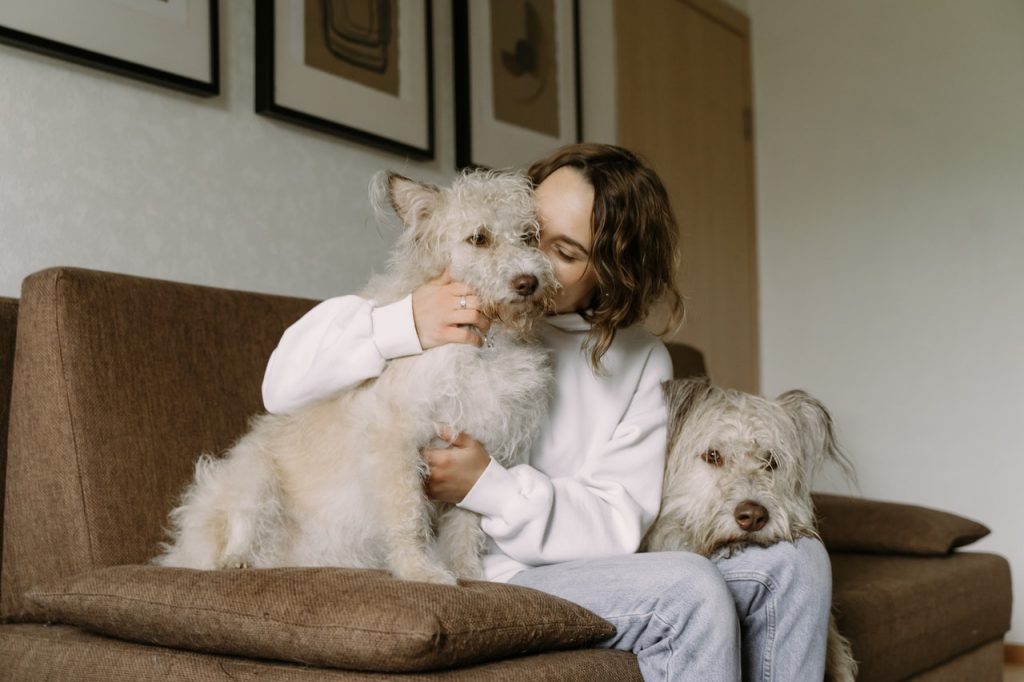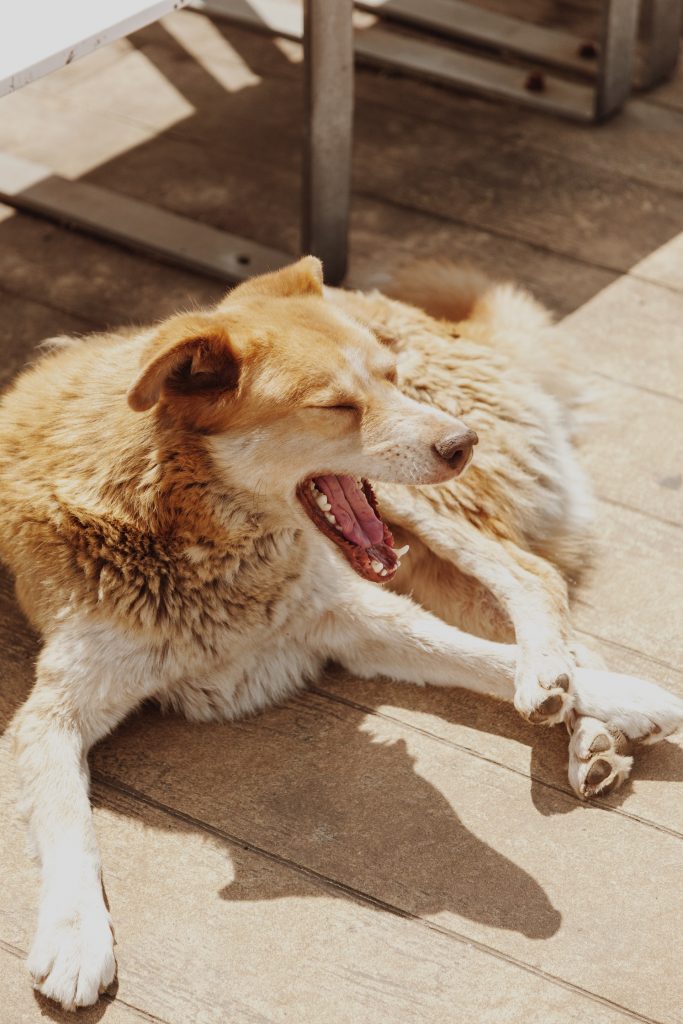
This article is contributed by guest writer, Dawn Castell.
Symptoms Of Allergies In Dogs
Sometimes, you can’t help but think that it would be much easier if man’s best friend could talk to you. You could tell your dog that you really will be back from work at six, or that the yucky medicine is going to help their tummy feel better. You may even be able to ask them what doesn’t feel good. When your dog is distressed, it can be upsetting not to know how to help them. Allergies, in particular, are something that many people have difficulty detecting in their dogs, resulting in allergies that may go untreated or even progress over time. Luckily, there are many signs that your dog may be exhibiting that can tell you whether they may be suffering allergy symptoms.
Face-Rubbing
Especially after eating or returning home from outside, a dog may have a habit of rubbing their face on the floors, furniture, or even people in your house. Be sure to check their face for anything that might be stuck to it, including in their nose or under their lip. If your dog tends to rub their face after eating, they may have an allergy to one of the ingredients in the food you are giving them. You may want to talk to your vet about alternative ingredients or brands to try. There is a small percentage of dogs that suffer from illnesses such as celiac disease. In cases like this, it is important to research what ingredients could be harmful to your dog. For example, you may want to find out, is rice gluten free or not?

Scratching
The most obvious symptom of allergies in dogs is repetitive, or even obsessive scratching. Your dog may scratch to the point of breaking skin, causing sores and blisters. Allergies will cause a dog’s skin to itch, so this is one way they seek relief. If your dog has open wounds from scratching, it is important to wash and disinfect the area, and apply antibiotic ointment.
Scooting
In addition to scratching, a dog may scoot their rear end across the floor in an attempt to relieve themself of itching. Talk to your vet, as this is an indicator that your four-legged friend may need their anal glands expressed.

Licking
Licking is another way that a dog may try to “self-medicate” their own itchiness. Pay attention to where your dog licks and when- this could give you clues as to what their allergies may be. For example, a dog that licks their paws after coming inside from a walk or potty time may have an allergy to grass or another component to the outside area of your home. In this case, it is a good idea to gently wipe your dog’s paws when they return from the outside.

Repeated Skin/Ear Infections
Because of the constant scratching, rubbing, and licking, an itchy dog’s skin and ears are much more prone to infection. When there is a presence of open wounds, this only increases the likelihood of such infections as bacteria are introduced into the body. Be sure to tell your vet about any possible infections so that they can be treated. A dog’s fur may also begin to thin or even disappear in areas where they scratch or lick, and their skin may become red. These are indicators of the severeness of your dog’s itchiness.

Gastrointestinal Issues
One last indicator of allergies in dogs is frequent gastrointestinal upset. If your dog tends to vomit, have stomach aches, or diarrhea, this can often mean that something they have ingested is not agreeing with their body. If you notice one or more of these in your dog, you should ask your vet about switching your dog to a new food.
These are just some of the many hidden signals that your dog may be trying to send if they are having problems with allergies. If you are concerned about your dog having allergies, speak to their vet about how to help them, either with behavioral, environmental, or medication changes. After all, doesn’t man’s best friend deserve the best?
